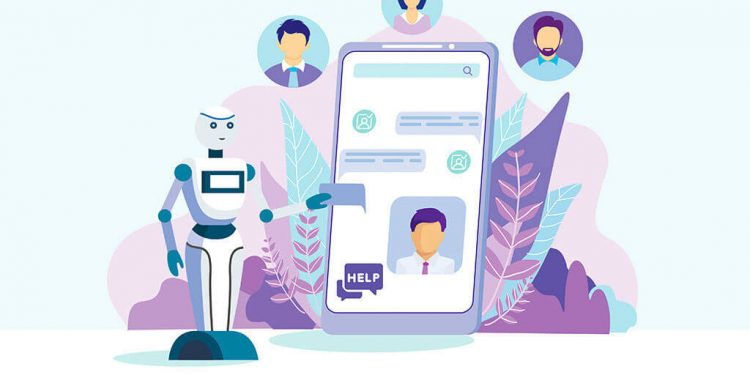Applied Behavior Analysis (ABA) therapy relies heavily on data to guide decisions, evaluate progress, and adjust interventions. As the field continues to evolve, technology is playing a larger role in helping clinicians deliver more consistent and effective care. ABA software, in particular, is revolutionizing the way therapists collect, analyze, and act on behavioral data—resulting in improved outcomes for clients of all ages.
In recent years, companies like Raven have developed ABA software platforms that streamline session documentation, automate data tracking, and offer real-time visual analytics. These tools are designed to free up therapists from paperwork and manual processes so they can focus more on client interaction and clinical quality. But beyond the convenience, there’s growing evidence that ABA software actually leads to better client outcomes—and the data backs it up.
Accurate and Consistent Data Collection
Client progress in ABA therapy hinges on detailed, accurate, and timely data collection. Software solutions allow behavior technicians and therapists to capture information in real time, often using customizable templates that align with individualized treatment plans. This minimizes errors and ensures data is collected consistently across sessions and providers.
When data is entered digitally and immediately, it eliminates delays in analysis and allows supervisors to make faster adjustments to treatment. Clients benefit directly from these responsive interventions, as therapy becomes more tailored and agile.
Real-Time Insights and Adjustments
One of the most significant advantages of ABA software is the ability to generate instant insights. Many platforms include dashboards, trend reports, and automated graphs that visualize a client’s progress toward specific goals. These visuals help teams quickly identify what’s working—and what’s not.
According to clinical studies and user reports, having access to real-time data allows for earlier interventions and fewer missed opportunities. This responsiveness helps therapists maintain momentum in a client’s learning path and reduces the chances of regression.
Enhanced Collaboration Across Teams
In many ABA therapy models, multiple providers may work with the same client—technicians, BCBAs, parents, and school staff. ABA software centralizes data, making it easier for everyone involved in a client’s care to stay informed and aligned.
Improved communication between team members ensures that strategies are reinforced consistently across environments, leading to better generalization of skills. Parents, in particular, benefit from transparency and easy-to-understand reports that show how their child is progressing.
Increased Time for Direct Client Care
By automating administrative tasks like session notes, graphing, and report generation, ABA software gives clinicians more time to focus on direct care. This extra face-to-face time with clients enhances rapport, increases engagement, and improves therapeutic outcomes.
Studies show that when therapists spend more time delivering intervention rather than managing paperwork, clients demonstrate faster progress in skill acquisition and behavior reduction.
Final Thoughts
ABA software is more than just a digital upgrade—it’s a clinical asset that drives better outcomes. From real-time data and increased efficiency to improved collaboration and faster adjustments, the tools offered by platforms like Raven are helping reshape the future of behavioral therapy. As the field grows, leveraging these technologies will be essential for providing effective, client-centered care.
Follow Techdee for more!




